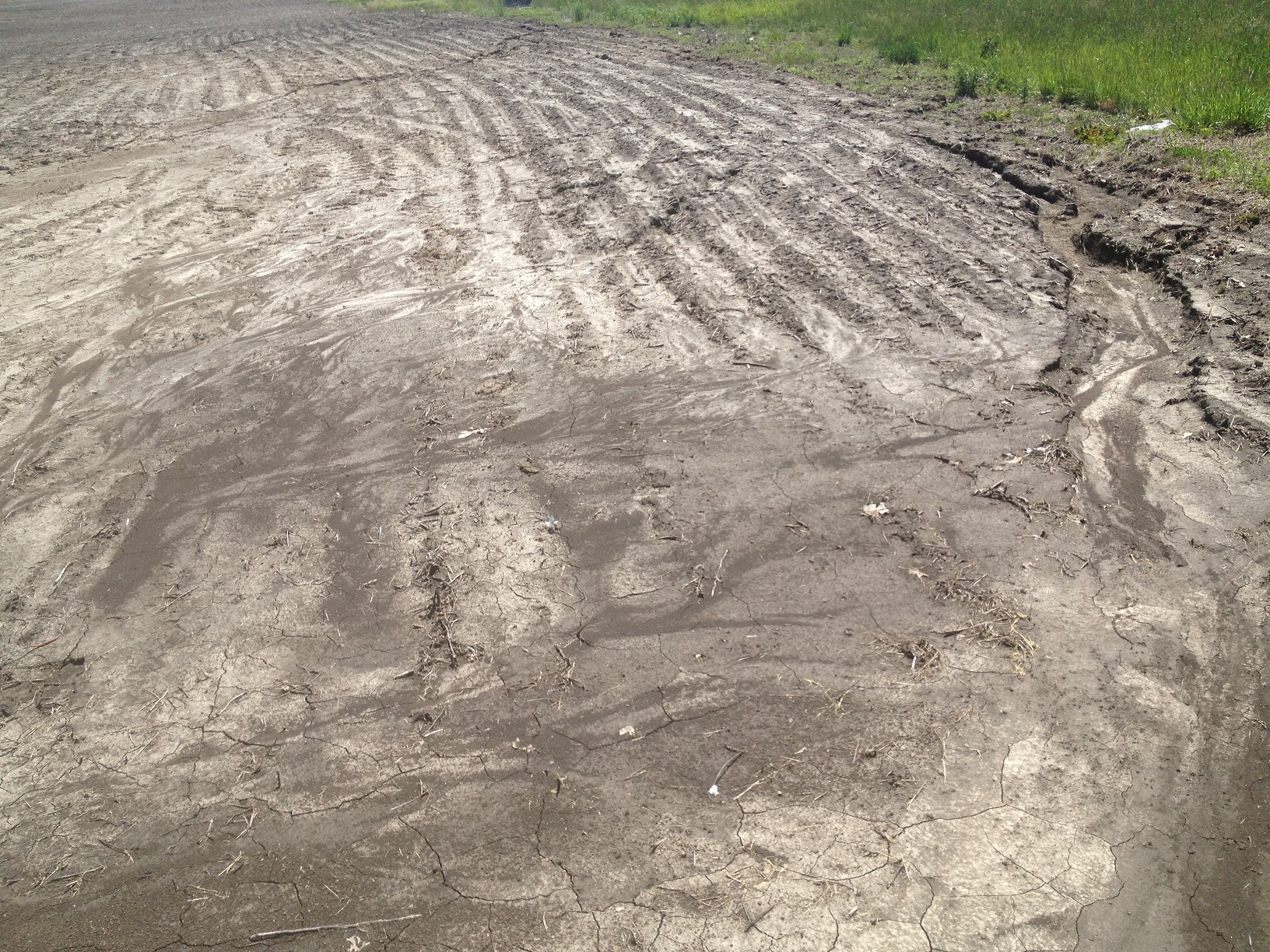Minimize Soil Disturbance
by Keith Berns
 Soil disturbance can be the result of chemical, biological, or physical processes, but all forms of disturbance diminish habitat for soil microbes and result in a diminished soil food web. Chemical disturbances occur with the over application of synthetic fertilizers and pesticides and when we substitute chemistry for biological functions, we disrupt the symbiotic relationships between fungi, other microorganisms, and plant roots.
Soil disturbance can be the result of chemical, biological, or physical processes, but all forms of disturbance diminish habitat for soil microbes and result in a diminished soil food web. Chemical disturbances occur with the over application of synthetic fertilizers and pesticides and when we substitute chemistry for biological functions, we disrupt the symbiotic relationships between fungi, other microorganisms, and plant roots.
Biological disturbances such as long fallow periods and overgrazing, limits the potential and the ability for plants to harvest CO2 and sunlight. When plants are not allowed to function properly, the soil and the soil biology suffers because of increased erosion exposure, increased soil temperature, and decreased root growth and root exudates which build both soil structure and biological communities.
In nature, physical soil disturbance is always the result of catastrophic events such as erosion, earthquakes, or glaciers. In a farming system, tillage is also traumatic as it results in broken, bare, and compacted soil that is destructive and disruptive to soil life. Tillage disturbance can lead to the following negative soil impacts:
Erosion
Broken and exposed soil is susceptible to both wind and water erosion. Tillage not only breaks down soil aggregate structure which leads to erosion, but also severely reduces soil residue cover which further exposes soil to erosion.
Compaction
A typical soil is approximately 45% mineral (sand, silt, and clay), 5% soil organic matter, 25% water, and 25% air. The water and air portions exist in the pore spaces between the soil aggregates. Over time, tillage implements reduce and remove the pore spaces from our soils, restricting infiltration and destroying the biological glues which hold our soils together.
Reduced Infiltration
Tillage physically breaks down soil aggregates and destroys root and earthworm channels which makes it difficult for water to infiltrate and leads to ponding water, excessive surface saturation, and soil surface crusting.
Organic Matter Depletion
Tillage physically mixes soil organic matter (carbon) with excess oxygen and the result is a “burning off ” of organic matter and the release of excessive carbon dioxide into the atmosphere. Long histories of tillage have led to significant reductions (50-80%) of soil organic matter levels across the majority of the world’s arable land.
Limiting soil disturbance is one of the most important things that any producer can do to protect, improve, and regenerate the soil. As stewards of the soil, it is our job to protect our soils from any unnecessary chemical, biological, and physical disturbances.
Additional Links
- 5 Soil Health Principles – In this article, North Dakota soil health expert, Jay Fuhrer does a great job introducing all five of the Principles of Soil Health.
-
Minimizing Soil Disturbance – Jay Furhrer explains why Minimizing Soil Disturbance is important in this 5 minute video clip from the Menoken Farm